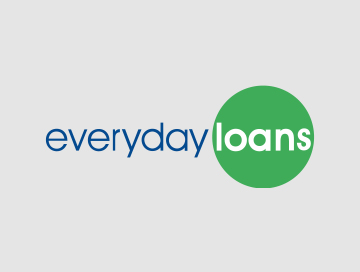Open banking, a revolutionary concept that has gained significant traction in recent years, is poised to reshape the financial services industry. By allowing third-party providers and fintechs to access customers' financial data securely and with their consent, open banking has unlocked a wealth of opportunities for innovation and improved services.
As we look ahead, the future of open banking promises to be exciting, with several key trends and predictions emerging. In this article, we'll explore the potential developments that could shape the open banking landscape in the coming years.
1. Enhanced Personalisation and Tailored Services.
One of the most significant advantages of open banking is its ability to provide customers with highly personalised financial services. By leveraging extensive data insights, financial institutions and fintechs can develop tailored products and services that cater to individual preferences and needs. Predictive analytics and machine learning algorithms will play a pivotal role in analysing customers' financial behaviours, enabling providers to offer customised recommendations, targeted advice, and proactive financial management solutions.
2. Increased Competition and Innovation.
Open banking has fostered a more level playing field, allowing fintechs and challenger banks to compete with traditional financial institutions. This increased competition is expected to drive further innovation, as companies strive to develop unique offerings and differentiate themselves in the market. We may witness the emergence of new business models, innovative fintech solutions, and seamless integrations between various financial services.
3. Expansion of Open Finance.
While open banking initially focused on banking data, the concept is likely to extend to other areas of finance, such as investments, pensions, and insurance. Open finance will enable customers to consolidate and manage their entire financial portfolio through a single platform, providing a holistic view of their financial landscape. This development could lead to more comprehensive financial planning tools and optimised investment strategies based on an individual's overall financial situation.
4. Improved Financial Inclusion.
Open banking has the potential to promote financial inclusion by making financial services more accessible to underserved segments of the population. By leveraging alternative data sources and advanced analytics, financial institutions can better assess the creditworthiness of individuals with limited or no credit history. This could pave the way for more inclusive lending practices, empowering individuals who were previously excluded from traditional banking services.
5. Enhanced Cybersecurity and Data Protection.
As open banking continues to gain traction, ensuring robust cybersecurity measures and data protection practices will be of paramount importance. Regulatory bodies and industry stakeholders will likely strengthen security standards and implement stricter guidelines to safeguard customer data and prevent unauthorised access or misuse of sensitive financial information. Advancements in areas such as biometrics, tokenisation, and secure APIs (Application Programming Interfaces) will play a crucial role in maintaining the integrity and security of open banking ecosystems.
The future of open banking is brimming with possibilities, promising to revolutionise the way we interact with financial services. As the industry continues to evolve, it will be essential for all stakeholders – financial institutions, fintechs, regulators, and consumers – to collaborate and embrace the opportunities presented by open banking while addressing potential challenges and risks.
By fostering innovation, enhancing customer experiences, and promoting financial inclusion, open banking has the potential to create a more transparent, efficient, and customer-centric financial services landscape.




